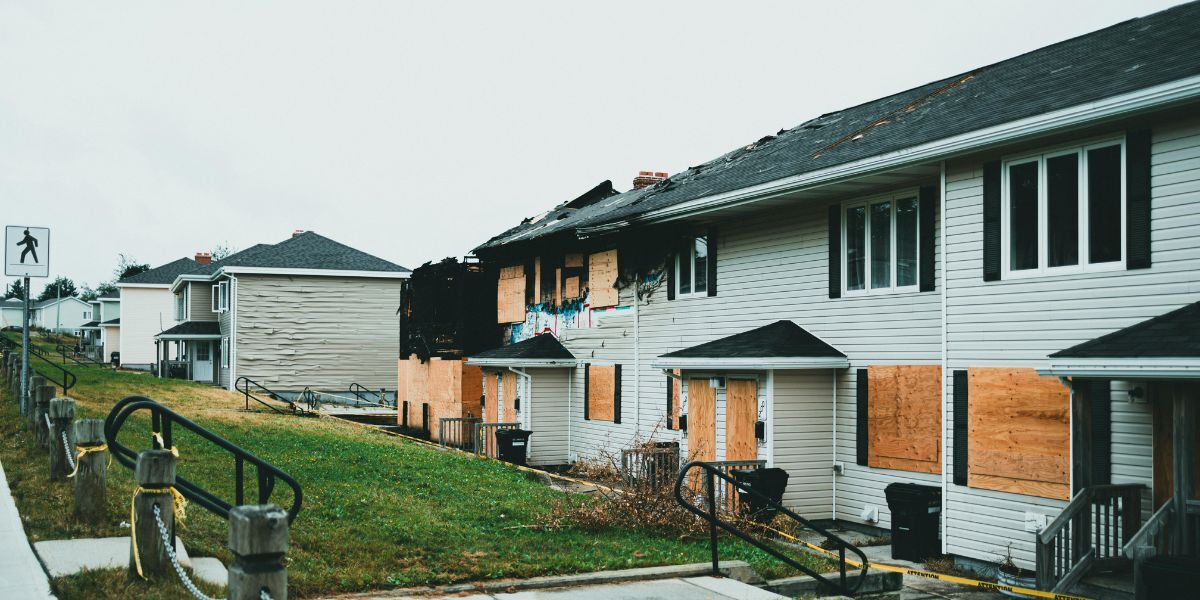Structural Repairs After Natural Disasters: What Homeowners Should Know
Natural disasters, whether earthquakes, floods, hurricanes, or tornadoes, can leave devastating damage in their wake. While the most visible destruction is often broken windows, collapsed roofs, and scattered debris, the most dangerous damage is often hidden beneath the surface. Structural damage can compromise the integrity and safety of your entire home, making structural repairs after natural disasters a critical priority for every homeowner.
In this guide, we’ll cover everything you need to know, from identifying signs of structural damage to hiring the right structural repair contractor for repairs so you can protect your property, your investment, and your family’s safety.
Identifying and Addressing Structural Damage After a Disaster
Structural damage refers to harm done to the load-bearing elements of your home: foundation, beams, walls, joists, and roof systems. When these components are compromised, the stability of your home is at risk.
Natural disasters commonly impact the structure in the following ways:
- Earthquakes: Cracked foundations, shifted framing, collapsed walls
- Floods: Waterlogged materials, rotted wood, weakened support beams
- Hurricanes & Tornadoes: Uplifted roofs, wall movement, broken trusses
- Landslides or Heavy Rains: Foundation shifting, cracks, soil erosion under the home
After such events, it’s not enough to focus on cosmetic repairs. You need a full assessment of your home’s structural integrity.
Common Signs of Structural Damage After a Disaster
- Cracks in walls, ceilings, or foundation
- Sagging or uneven floors
- Doors or windows that won’t close properly
- Bowed or leaning walls
- Visible gaps between walls and ceilings
- Chimney separation or leaning
- Moisture buildup or mold in basements or crawl spaces
Step 1: Get a Professional Inspection
After ensuring your family is safe and emergency responders have cleared your home, your first step should be to hire a professional home inspection engineer.
Depending on the situation, you may need:
- Structural engineer to evaluate the extent of the damage
- Licensed contractor to carry out repair plans
- Foundation specialist if your base has shifted or cracked
- Insurance adjuster to assess what repairs will be covered
It’s essential to document all visible damage with photos and notes before any repairs begin.
Step 2: Contact Your Insurance Provider
- Review your policy: flood and earthquake coverage is often separate
- File a claim as soon as possible
- Schedule an inspection with an insurance adjuster
- Keep receipts for temporary repairs or accommodation costs
Step 3: Prioritize Structural Repairs First
Before replacing drywall, flooring, or appliances, make sure your home’s frame and foundation are secure.
- Foundation reinforcement or stabilization
- Reinforcing or replacing damaged beams and joists
- Securing the roof structure
- Realigning or rebuilding bowed walls
- Removing and replacing rotted or waterlogged wood
Step 4: Understand the Repair Process
- Inspection and Damage Assessment: Engineers and contractors examine the property.
- Repair Plan Development: A step-by-step plan is created and approved.
- Permit Approval: Required permits are submitted and approved.
- Execution of Repairs: Structural elements are stabilized, repaired, or replaced.
- Final Inspection: Ensures safety and code compliance.
Step 5: Make Your Home Disaster-Resilient
- Install hurricane straps or clips
- Waterproof basements and crawl spaces
- Anchor the foundation in seismic zones
- Upgrade windows/doors to impact-resistant types
- Improve drainage to reduce flood risks
Choosing the Right Structural Repair Contractor
- Licensing and insurance
- Experience with disaster repairs
- References and reviews
- Clear estimates and timelines
- Ability to work with insurance adjusters
Final Thoughts
Natural disasters can be traumatic, but recovering from them doesn’t have to be overwhelming. Recognizing the signs of structural damage, collaborating with trusted professionals, and making timely repairs will help protect your home for years to come.
By taking the right steps, you can rebuild stronger, safer, and smarter—restoring not only your home but also your peace of mind.
Need expert guidance and structural repair you can trust? Contact Stonewall Structural Engineering for reliable post-disaster assessments and expert support.
FAQs
Can I live in my home while structural repairs are being made?
It depends on the extent of damage. Minor repairs may allow partial occupancy, but severe issues may require temporary relocation.
Does homeowners’ insurance cover structural damage from floods?
Typically, no. Flood coverage is usually offered as a separate policy.
How soon should I get a structural inspection after a natural disaster?
As soon as it’s safe and your property is accessible. Early inspection helps identify hidden damage and expedite repairs.












